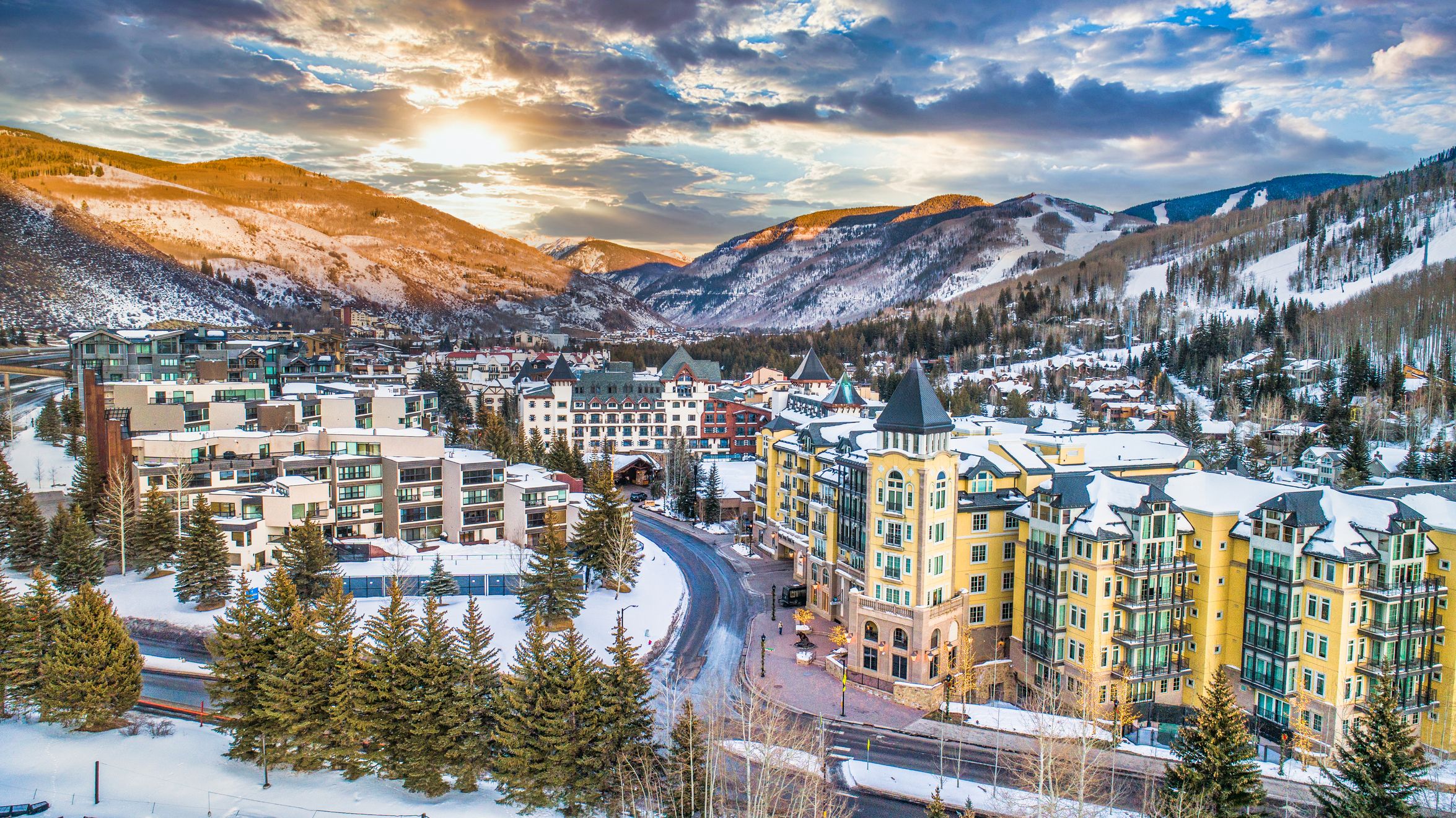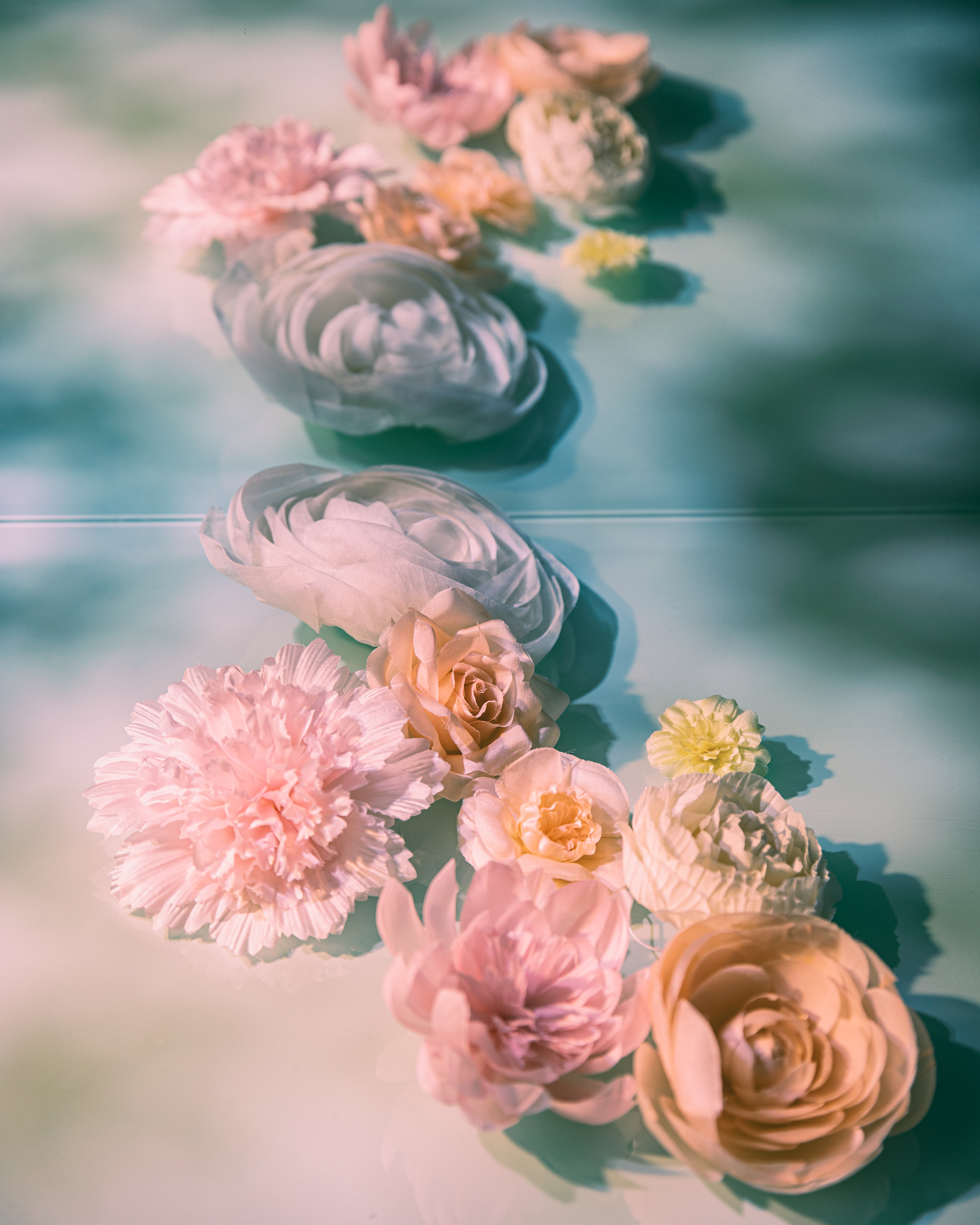These Chinese sausage and cilantro pancakes are a deviation from the beloved classic green onion pancake. I would take a plateful of crispy green onion pancakes topped with a big spoonful of chili oil over a stack of buttermilk pancakes any day. They should be salty, crispy, and a little greasy (in a good way). Some people like them thin and crunchy, bordering on cracker territory, while others prefer them thick and doughy. In my world, the perfect pancake is light and flaky on the outer rings and progressively doughier and chew- ier toward the center. That chewy center nugget of dough is the best piece to dunk into a generous amount of chili oil.
Thin layers of unleavened dough are rolled up with sesame oil and chopped fillings to create a quick lamination of sorts to create all those layers. The Chinese sausage renders into crunchy bits of sweet and salty pork, and the cilantro brings a welcome freshness. The combination is so delicious, complex, and textually more exciting than the classic green onion pancake.
Don’t stop at Chinese sausage and cilantro though—consider filling your pancakes with other tender herbs such as basil, dill, and tarragon, and maybe swap out the Chinese sausage for crisp bacon or crunchy fried garlic.
Makes 6
300g (2 ½ cups) allpurpose flour
½ teaspoon coarse salt
170g (¾ cup) warm water
¼ cup canola or other neutral flavored oil, plus extra for brushing
3 Chinese sausages, finely chopped
2 tablespoons toasted sesame oil
1 cup fresh cilantro leaves and tender stems, finely chopped
In a medium bowl, combine the flour, salt, and warm water. Mix with a pair of chopsticks or flexible spatula until a shaggy dough forms. Knead with your hands until you form a smooth ball, 6 to 8 minutes. Lightly brush a medium bowl with canola oil. Transfer the dough to the bowl, turn to coat, and cover with plastic wrap. Rest at room temperature for at least 30 minutes, or up to 8 hours. (The longer the dough rests at room temperature, the flakier the pancakes will be.)
In a medium skillet over medium-high heat, cook the sausage, stirring occasionally, until the fat renders and sausage is crispy, 3 to 4 minutes. Transfer the sausage to a bowl to cool completely.
On a lightly floured surface, divide the dough into six equal pieces, preferably with a digital scale. Lightly brush a wooden cutting board with canola oil. Roll one piece of dough into a roughly 6 x 10-inch rectangle. Brush the dough with some sesame oil and sprinkle some sausage and cilantro evenly over the surface. Starting at a long edge, tightly roll up the dough into a 10-inch-long rope, pressing out trapped air. Starting at one end, form the rope into a coil shape, tucking the opposite end underneath at the end. Set aside and repeat with remaining dough, sesame oil, sausage, and cilantro to form six pancakes. (Brush the cutting board with more canola oil as needed.) When you’ve formed the last pancake, cover the coils with a kitchen towel and allow them to rest for 15 minutes. (Don’t be tempted to skip this step, as the pancakes will not roll out as easily without a proper rest.)
Working with one piece at a time, gently flatten each coil with the palm of your hand, then roll into a 6-inch round. Place on a parchment paper–lined baking sheet. If the pancake bursts in some places, don’t panic! That’s natural! It will still cook just fine. In a heavy-bottomed skillet, heat the ¼ cup canola oil over medium-high until shimmering. Cook one pancake in the oil until the underside is golden brown, 1 to 2 minutes, then flip and cook the other side until golden brown, 1 to 2 minutes more. Place the pancake on a baking sheet fitted with a wire rack. Repeat with the remaining pancakes and serve. (The pancakes are best eaten soon after frying.)
Uncooked pancakes can be stored in the freezer for up to 3 months. Sandwich the pancakes between 7-inch squares of parchment paper, then place the stack in a resealable plastic bag and freeze. Do not thaw the pancakes before cooking and frying as you would fresh pancakes.
Cooked pancakes can be refrigerated in an airtight container for up to 3 days. Reheat the pancakes on a baking sheet in a 400-degree oven until hot, 8 to 10 minutes.











































